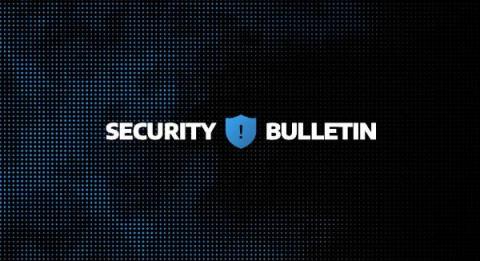How to Better Implement a Zero Trust Strategy
Access is everything within a network or system. As organizations race to adopt the cloud, relax rules around permitting workers to use their own devices, and continue to embrace hybrid work models, employees gain unprecedented access to data, allowing them to work from anywhere at any time. But this also creates a vast attack surface that hackers are all too willing to exploit. And helps explain why identity-based attacks are on the rise.








